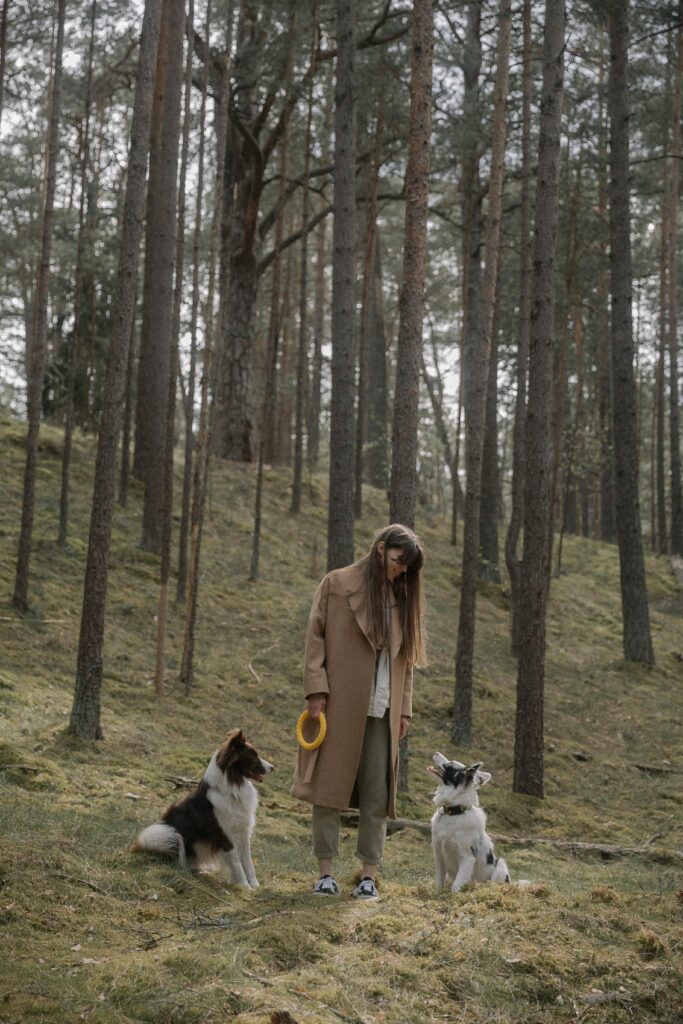When most people think of socializing their dog, the first idea that comes to mind is the dog park. Wide open space, other dogs to play with, and the chance to burn off energy, it sounds perfect. But as trainers at Off Leash K9 Training Kansas, we’re often asked: “Are dog parks actually good for training?”
The truth is, while dog parks offer exercise and socialization opportunities, they also come with risks. Structured play, on the other hand, is controlled, purposeful, and directly reinforces obedience. Let’s compare the two so you can make the best choice for your pup.

The Appeal of Dog Parks
There’s no denying the benefits that draw people to dog parks:
- Room for dogs to run and play
- Social exposure to other dogs and people
- Mental stimulation through varied interactions
- Convenience for city dwellers without big backyards
But here’s the issue: dog parks are unstructured environments. That means you can’t control other dogs’ behavior, owners’ attentiveness, or the types of play that happen. This can easily lead to fights, bad habits, or injury.
The Risks of Dog Parks
- Unpredictable Behavior: Not every dog is well-trained or properly socialized.
- Overstimulation: High-energy groups can overwhelm shy or reactive dogs.
- Reinforcing Bad Habits: Jumping, chasing, rough play, and ignoring recall often go unchecked.
- Health Concerns: Higher exposure to parasites or illness in shared spaces.
Dog parks can be enjoyable for some dogs, but they rarely reinforce obedience. In fact, they often encourage your dog to ignore you.
Structured Play: A Safer Alternative
Structured play means planned, controlled interaction designed to strengthen your dog’s obedience and social skills. This could include:
- One-on-one playdates with dogs you know and trust
- Group training classes with guided interaction
- Backyard games like fetch, tug with rules, or hide and seek
- Guided walks with other dogs, focusing on loose leash manners
Structured play helps your dog burn energy while practicing commands like sit, down, place, and recall. It keeps you in the role of leader and ensures playtime is productive, not chaotic.
For example, backyard games can do more than exercise your dog. In our blog on mental stimulation through interactive toys, we explain how play becomes a training tool when it builds focus, patience, and confidence.
Training Benefits of Structured Play
- Impulse Control: Waiting for permission before chasing a ball or tug toy.
- Recall Reinforcement: Practicing “come” during games with distractions.
- Leash Manners: Walking calmly in pairs or groups.
- Confidence Building: Helping shy dogs learn to engage safely.
- Bonding: Strengthening trust and leadership between you and your dog.
Unlike at a dog park, you decide which behaviors are rewarded and which are corrected.
What the Experts Say
According to the American Kennel Club, even if you do use dog parks, setting clear rules is critical. They stress monitoring play closely, knowing when to step in, and recognizing the difference between healthy play and escalation. This reinforces the importance of control, whether you’re in a public park or your backyard.
Which Is Right for Your Dog?
The answer depends on your dog’s personality, training level, and your goals. Outgoing, confident dogs may enjoy dog parks, but even then, structured play should make up the majority of their training time. For shy, reactive, or young dogs, structured environments are always the safer choice.
Our Basic & Advanced Obedience Program ensures your dog has the foundation to handle both structured and less predictable environments. With obedience in place, you’ll know whether a dog park is suitable or if structured play is the better fit.
Final Thoughts
Dog parks can be fun, but they don’t teach obedience. Structured play, however, reinforces commands, builds confidence, and strengthens the bond between you and your pup. If you want training that lasts, structured play is the way forward.
If you’re unsure which option is best for your dog, or if you’ve already had issues at dog parks, reach out through our contact page. We’ll help you create a play and training plan that fits your dog’s needs.
